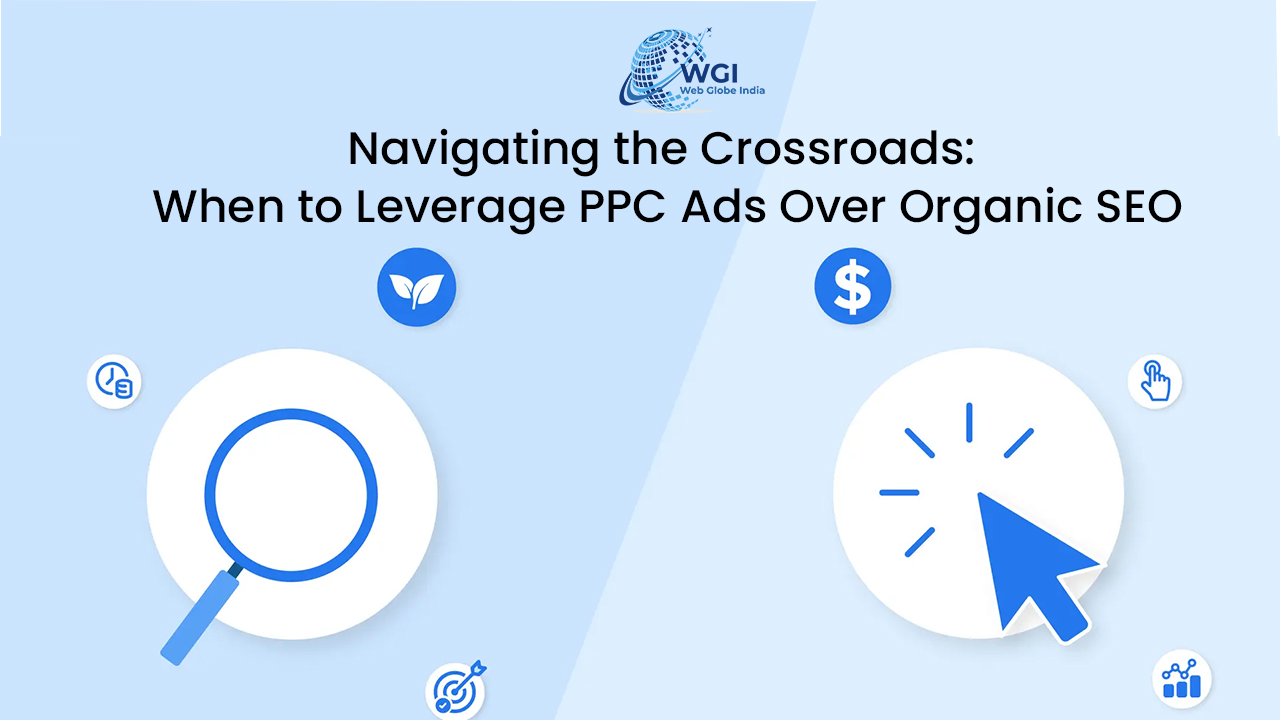Responsive Design for Mobile Optimization:
In the era of mobile devices, ensuring that your website looks and functions well across various screen sizes is paramount. A responsive design adapts your website’s layout and content to fit seamlessly on smartphones, tablets, and desktops. Google’s search algorithm also prioritizes mobile-friendly websites, making responsive design essential for search engine optimization (SEO).
Fast Loading Speeds:
In today’s fast-paced digital landscape, users have little patience for slow-loading websites. Slow loading speeds can lead to higher bounce rates and lower user engagement, negatively impacting your digital marketing efforts.
SEO Integration:
Search engine optimization is a cornerstone of digital marketing, and your website plays a crucial role in achieving a strong SEO presence. Incorporate relevant keywords into your website’s content, meta tags, and headings to improve your chances of ranking higher on search engine results pages (SERPs). Additionally, create a sitemap and submit it to search engines to help them index your site’s pages effectively.
Compelling Content Creation:
High-quality and engaging content not only captivates your audience but also encourages them to stay longer on your website. Regularly update your website with informative blog posts, videos, infographics, and other relevant content that addresses your audience’s pain points and interests. Content marketing not only establishes your expertise but also provides shareable material for your social media and email marketing campaigns.
User-Centric Design:
A user-centric design is all about creating an intuitive and enjoyable experience for your visitors. Incorporate clear navigation menus, intuitive layouts, and easily accessible contact information. Conduct user testing to identify pain points and areas for improvement, ensuring that your website caters to the needs and preferences of your target audience.
Integration of Analytics:
Effective digital marketing is data-driven, and integrating analytics tools into your website is essential for tracking visitor behavior, understanding user journeys, and measuring the success of your marketing campaigns. Tools like Google Analytics provide insights into key metrics such as traffic sources, bounce rates, conversion rates, and more, allowing you to refine your strategies for better results.
Social Media Integration:
Your website and social media channels should work together seamlessly to create a cohesive online presence. Incorporate social media sharing buttons on your website to encourage visitors to share your content with their networks. Additionally, display your social media feeds on your website to showcase your active online presence and keep visitors engaged.
Clear Call-to-Actions (CTAs):
Every page on your website should have a clear and compelling call-to-action that guides visitors toward desired actions, such as signing up for newsletters, requesting a quote, or making a purchase. Use contrasting colors, persuasive language, and strategic placement to make your CTAs stand out and encourage conversions.
Conclusion:
Web development is a fundamental pillar of successful digital marketing. By implementing responsive design, optimizing loading speeds, integrating SEO techniques, producing high-quality content, prioritizing user-centric design, incorporating analytics, leveraging social media, and using effective CTAs, you can create a website that enhances your digital marketing efforts and drives growth for your business. Remember that the digital landscape is constantly evolving, so staying up-to-date with the latest trends and technologies is key to maintaining your competitive edge.







